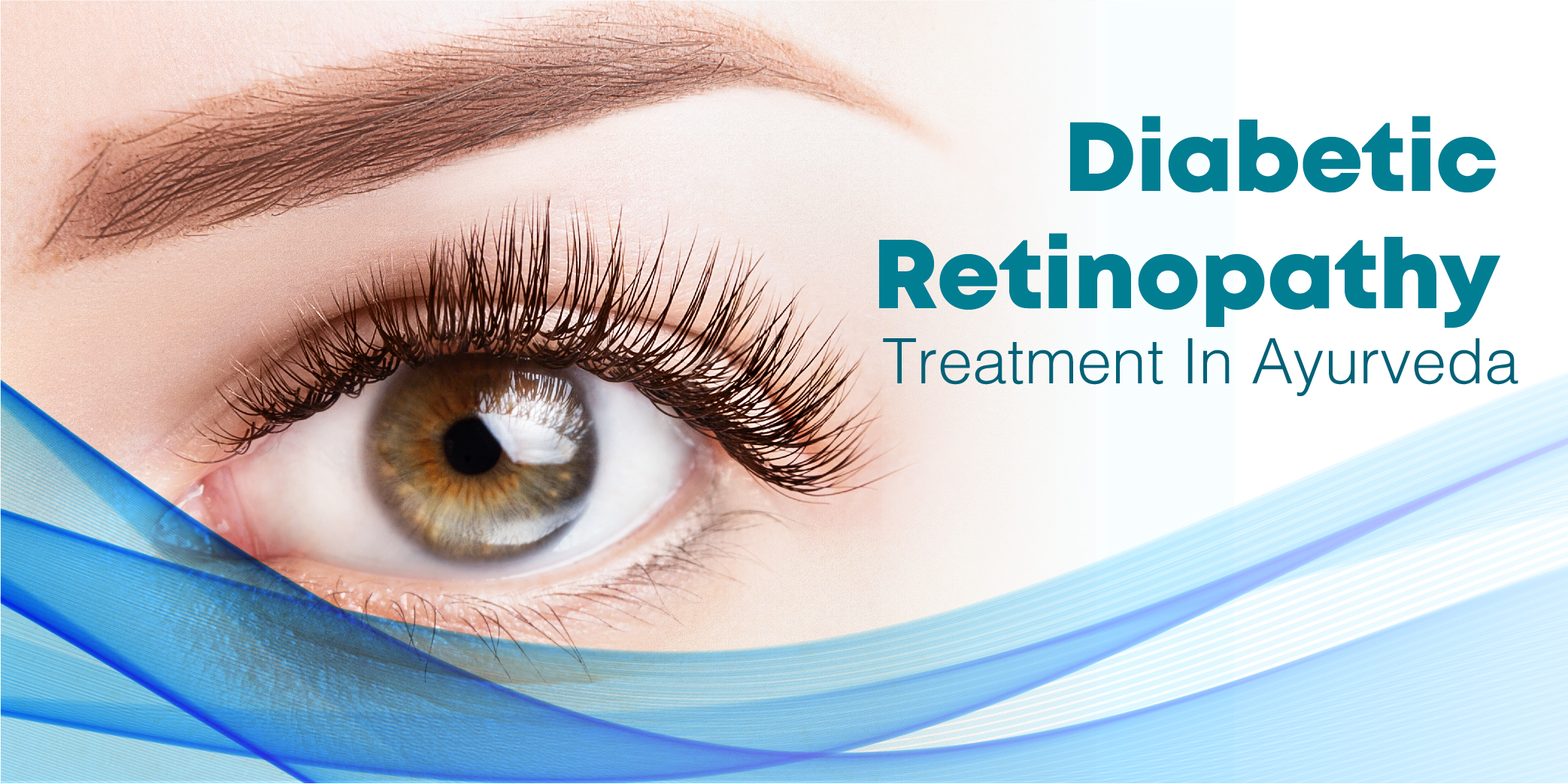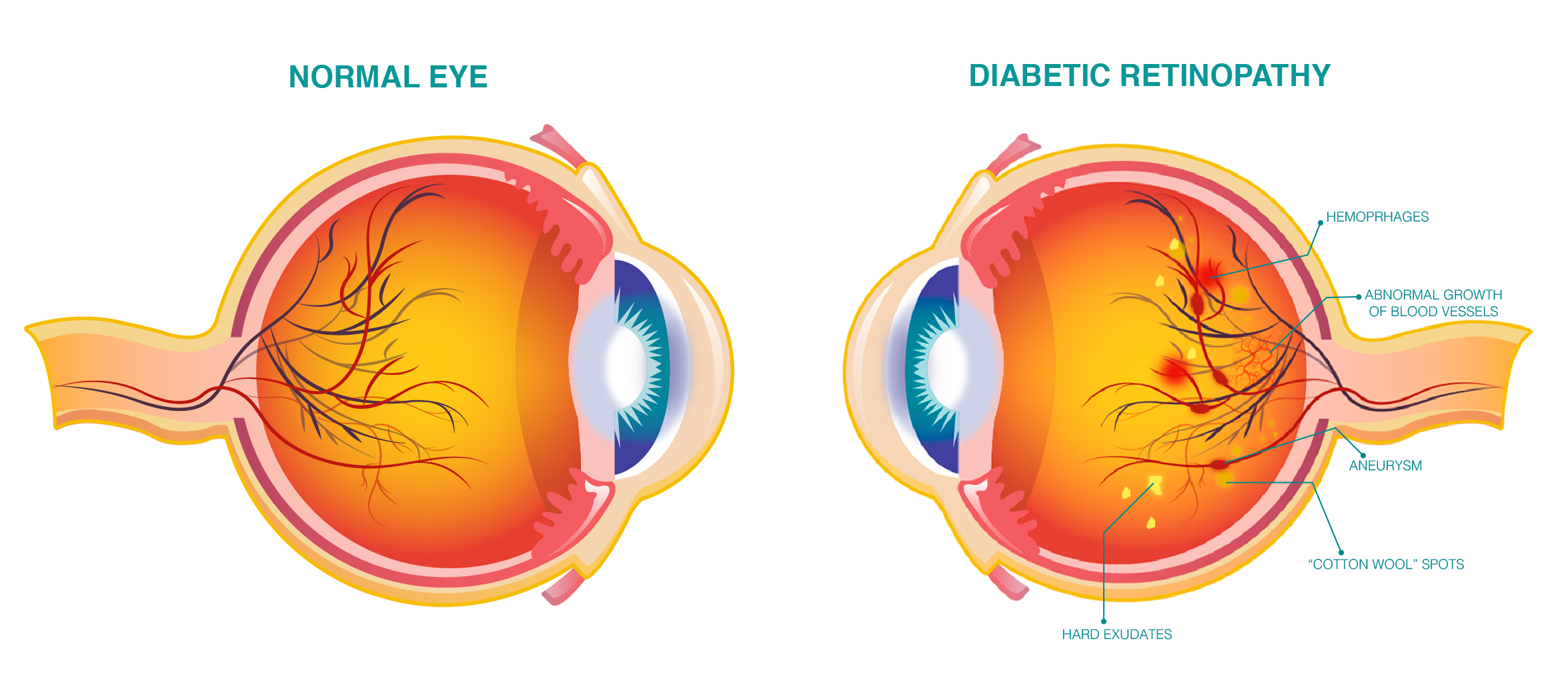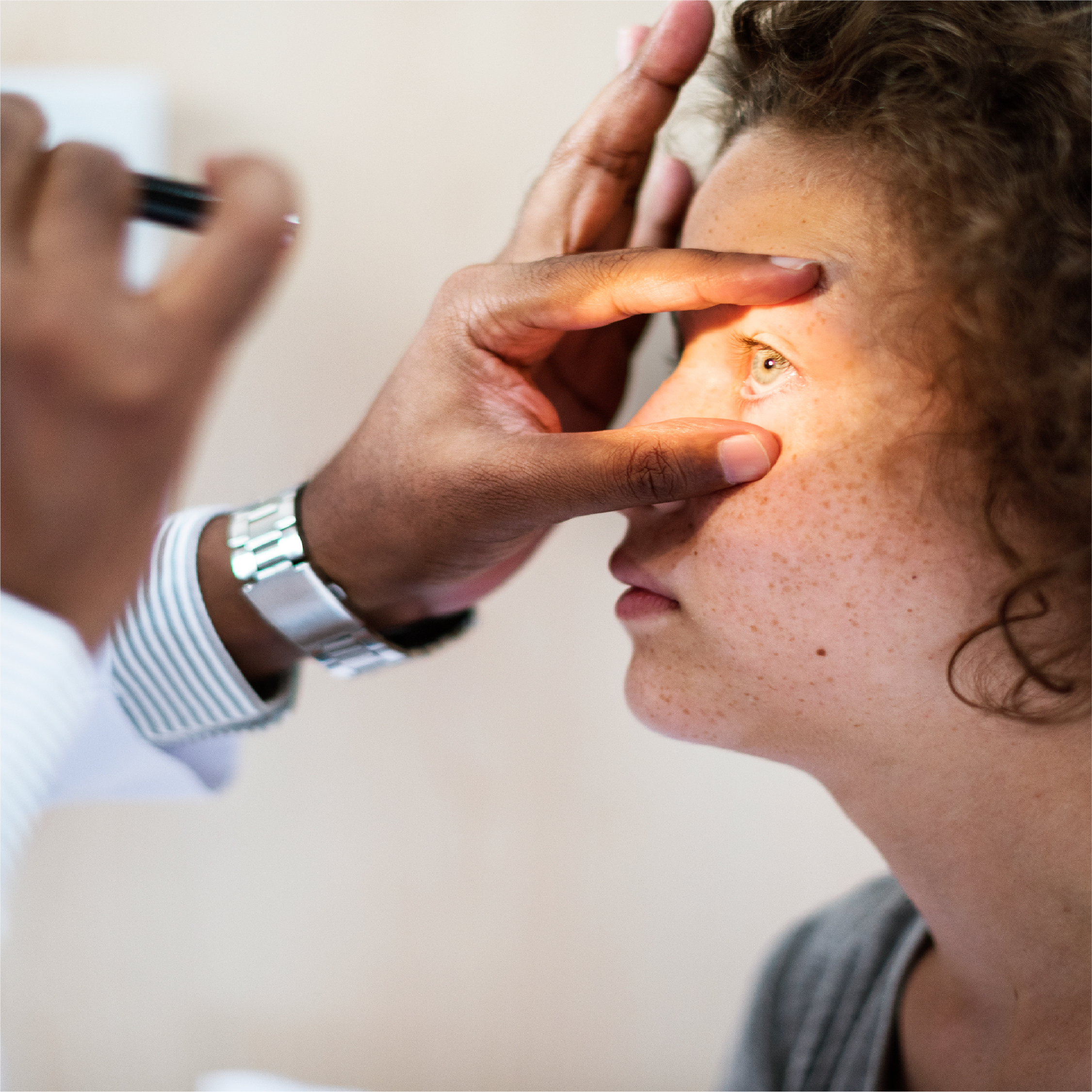Diabetic Retinopathy – Treatment In Ayurveda
Diabetic Retinopathy (DR) is one of the common complications of diabetes where the blood vessels of the retina is damaged. It is considered to be the leading cause of vision loss.
According to World Health Organization (WHO), it is estimated that globally at least 2.2 billion people have a visual impairment, and 1 billion of them can be prevented. Among these there are 3 million preventable vision impairments that are caused by Diabetic Retinopathy.
Diabetic Retinopathy affects up to 80% of all patients who had diabetes for 10 or more years.
Some of the symptoms that a person may suffer at different stages of DR are:
-
Floaters (dark strings floating in the field of vision)
-
Blurred vision
-
Poor night vision
-
Impaired color vision
-
Loss of vision etc
Apart from uncontrollable blood sugar levels, conditions like high blood pressure, high cholesterol, smoking, pregnancy and the duration of diabetes are few of the factors that can increase the risk of developing diabetic retinopathy.
There are two types of diabetic retinopathy – non-proliferative & proliferative.
Non-Proliferative Diabetic Retinopathy
In non-proliferative condition, tiny bulges (microaneurysms) protrude from the walls of the retinal blood vessels. There could be leakage of blood & fluid. Nerve fibers in the retina and the central part of the retina called macula might swell (macular edema). Larger blood vessels may dilate and become irregular in diameter. Dot blot haemorrhages, microaneurysms, hard exudates, and cotton wool spots are some of the signs of non-proliferative diabetic retinopathy (NPDR).
Proliferative Diabetic Retinopathy
NPDR can progress to Proliferative Diabetic Retinopathy (PDR). In this stage, there is growth of new abnormal blood vessels in the retina. They can rupture & bleed into the vitreous of the eye. This makes the vision blurred & patchy. The bleeding can cause scars that can separate the retina & the eye leading to detached retina. The nerve carrying images from your eye to your brain (optic nerve) can get damaged resulting in glaucoma. Vision loss due to PDR would be severe.
Some of the signs at this stage include blurred vision; black spots; flashing of light; sudden painless loss of vision.
With Normal Vision this man sees the airport clearly. If suffering from DR, this man sees the airport with a vision with dark floaters & blurriness
At Sri Sri Tattva Panchakarma, we diagnose the stage of diabetic retinopathy through fundoscopy examination along with ancient Ayurveda method of pulse diagnosis (Nadi Pariksha). The degree of vision loss is also determined.
Normal & Diabetic Retinopathy eye
Diabetic Retinopathy In Ayurveda
Prameha or diabetes is considered one of the eight major disorders in Charaka Samhita.
Prameha/Madhumehajanya Timir or Diabetic retinopathy involves all 3 doshas + raktadosha + saptadhatu with four internal dristipatals of eye at different stages of the ailment.
Diabetic retinopathy is a dristipatalagata roga.
One of the causes of DR is the vitiation of the pitta & rakta. The vitiated doshas gets confined to the eyes. It manifests as microangiopathy (disease of blood vessel), haemorrhages and venous beading.
Factors that increases the risk of DR are pitta prakriti; psychological stress such as anger, grief etc; pitta kapha predominant season and foods. These factors can damage the texture of the vessels and increase permeability. There are leakages and hemorrhages from the blood vessels and blood oozes out. There is lack of circulation that results in hypoxia & consequently new vessels are developed (neovascularisation).
Blood circulation is a function of Vyanavayu. When it is obstructed, vascular disorder arises. It causes retinal ischemia, retinopathic changes like neovascularisation, cotton wool spots and intra-retinal microvascular abnormalities (IRMA).
Ayurveda relates Prameha and Madhumeh to agnimandya at the gastric level (Jatharagni) and at the tissue level (dhatwagnimandya). DR also leads to decrease of Ojas. The disease manifests as per the affected dosha, dhatu, srotas.
The Ayurvedic treatment of diabetic retinopathy involves both prevention and cure.
Prevention treatment of diabetic retinopathy in Ayurveda includes
- Maintaining normal blood sugar levels
- Maintaining normal blood pressure
- Avoid smoking
- Regular eye check-ups (at least once a year)
- Medications, diet specifications
- Triphala eyewash daily
If some initial symptoms of DR are detected then shirodhara and netraseka can be advised. Both of them help to increase blood circulation and prevent hypoxia.
Ayurvedic cure for diabetic retinopathy include
- Treating of diabetes (madhumeha)
- Managing Raktapitta
- Improving blood circulation
- Prevention of loss of dhatu
- Maintaining samagni
Dipana pachana drugs such as Trikatu churna, chitrakadi can correct mand agni at the tissue level. For purification of impurities of the srotas/capillaries mrudu virechana, nasya is advised. Basti helps in shodhana, shamana of vata .
In tarpana, drug permeation to intraocular tissues occurs through the cornea to the aqueous humor and ciliary vessels, helping in visual improvement.
Seka helps in improving texture of blood vessels, endothelial repair and thereby prevents loss of the pericytes, which is an initial factor in DR development.
In different stages of diabetic retinopathy, nasya, shirodhara, shirolepa and shiropichu treatments can be given for vata shaman treatment for head and body, and pitta shaman treatment for eyes.
Takradhara and netra seka can be given both for cure & prevention. They help to reduce stress and anxiety that causes blood glucose levels to rise. Relaxing eye exercises like palming are also beneficial. Rasayana therapies include rejuvenating formulations that provide deep healing.
Eye check-up
Dr. Champavati says, “we have an excellent preventive & curative treatment for diabetic retinopathy in Ayurveda”
Those who have diabetes have high chances of developing diabetic retinopathy going forward.
She adds, “Those who have diabetes should have regular eye check-up at least once a year.”
So if you have diabetes, why wait? Book an eye checkup now. Being a holistic wellness centre, we provide treatment not only for diabetic retinopathy, but also for diabetes and any other ailment through Ayurveda.
For any queries on Diabetic Retinopathy, or eye issues connect with us.





